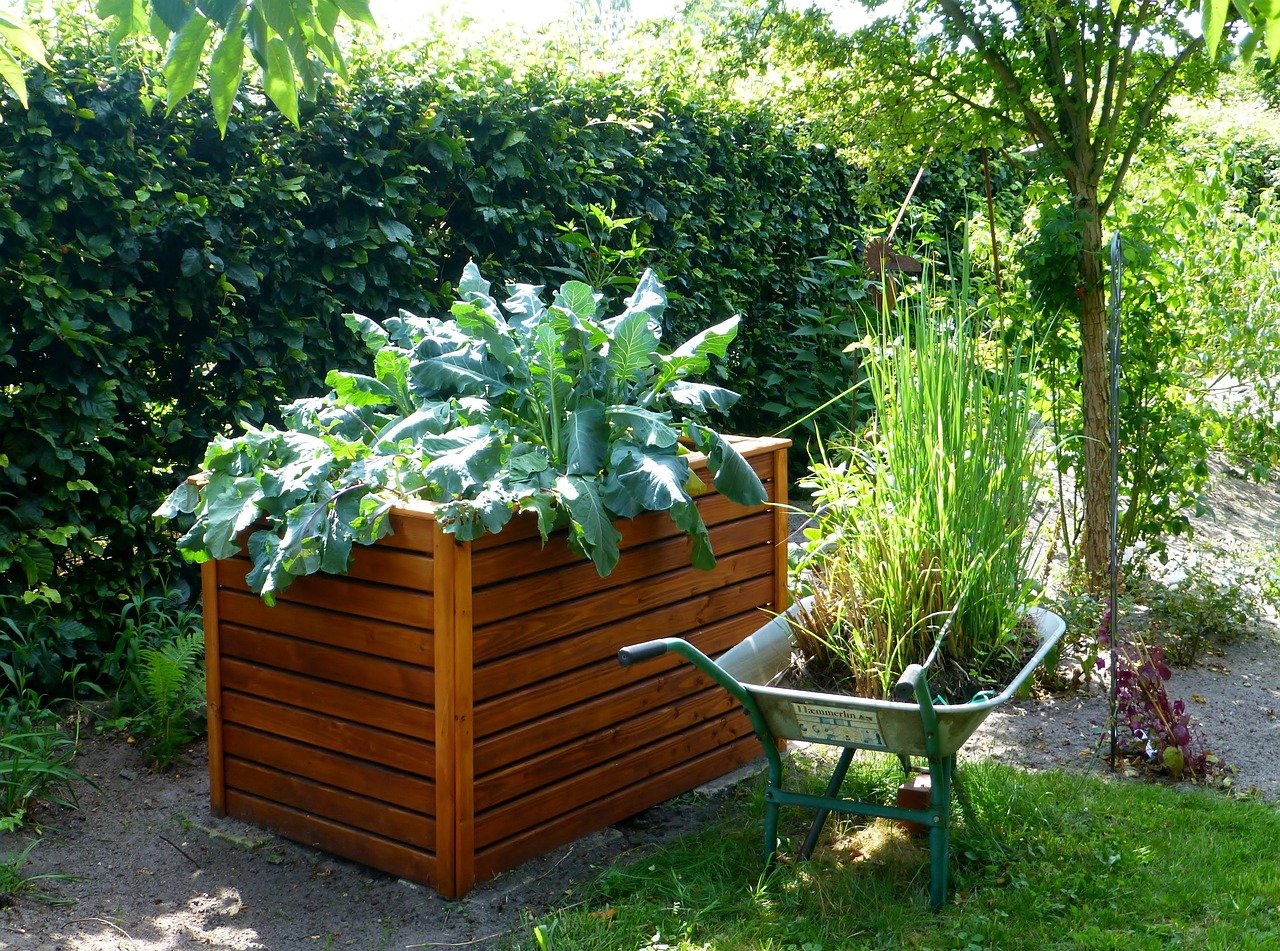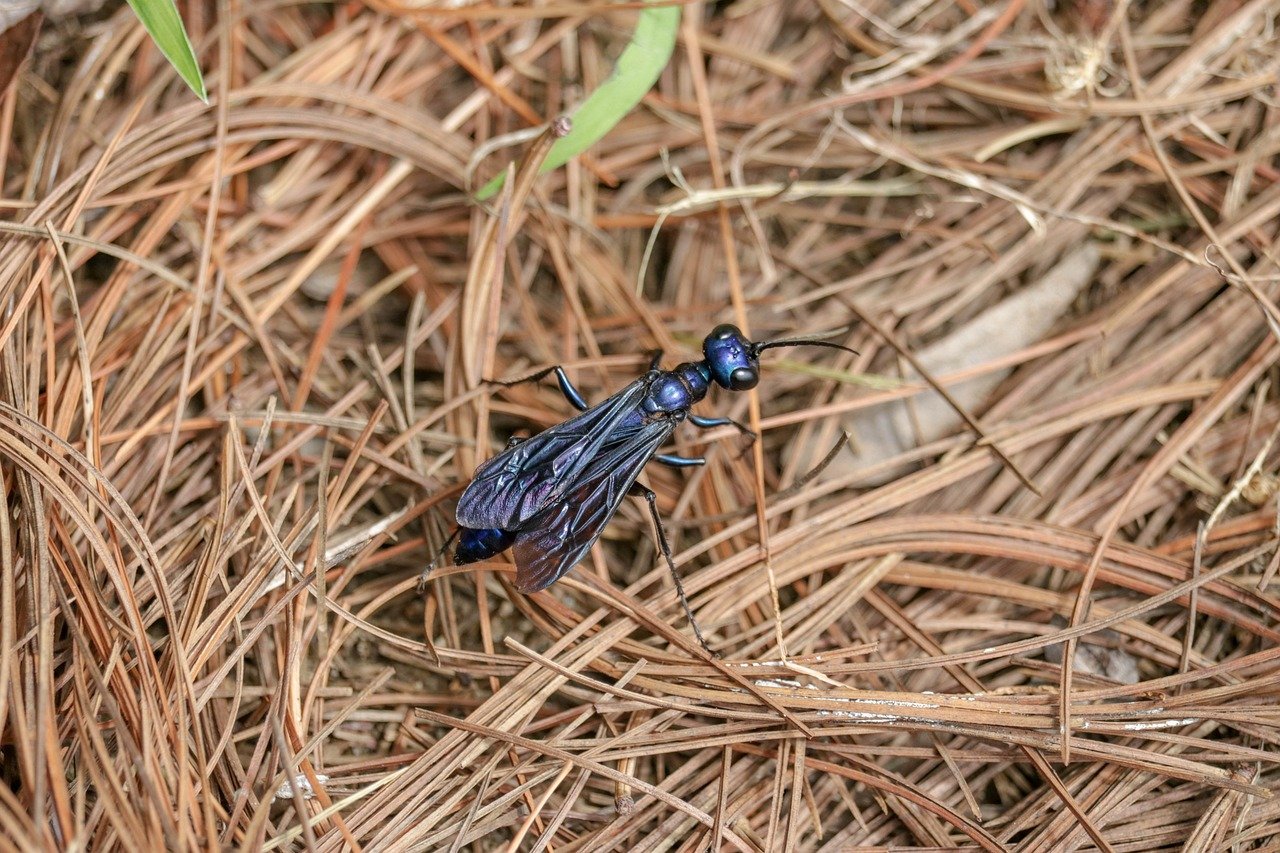
Intro
For many garden enthusiasts, the dream of plucking fresh, juicy fruit right from the tree in their own backyard is a tantalizing prospect. However, the thought of waiting years for those first succulent bites can be discouraging. Thankfully, not all hope is lost for the impatient gardener. With the right selection of fast-growing fruit trees, you can enjoy homegrown fruits much sooner than you might think. In this blog post, we’ll dive into the world of fast-growing fruit trees that won’t keep you waiting, ensuring your garden is both vibrant and fruitful.
Understanding the Basics of Fast-Growing Fruit Trees
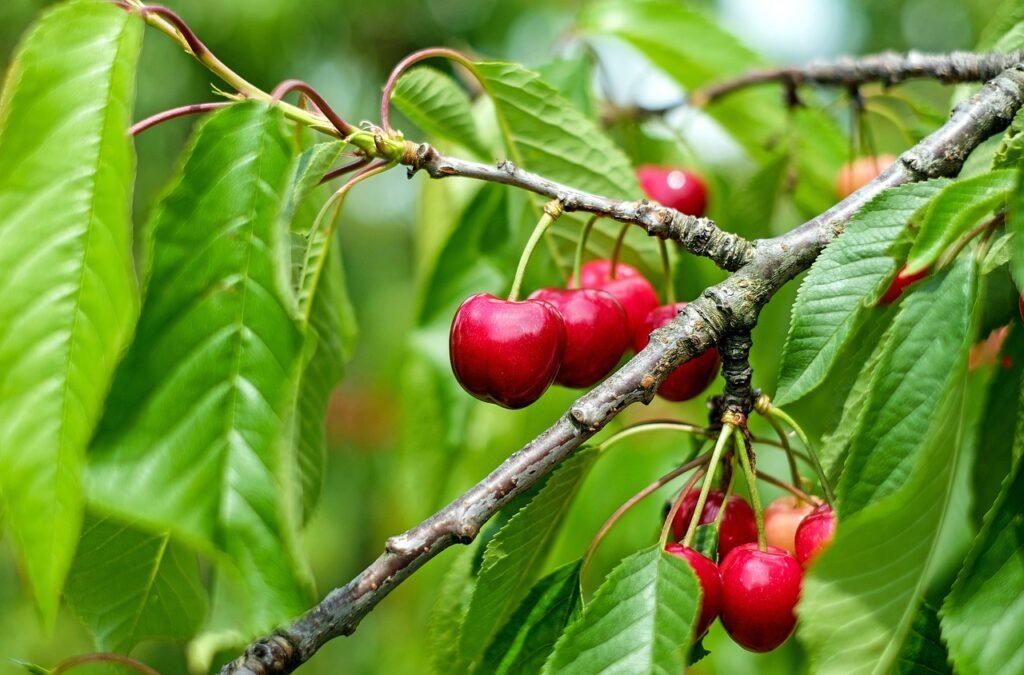
When delving into the realm of fast-growing fruit trees, it’s crucial to grasp the underlying factors that contribute to their accelerated growth rates. A key characteristic of these trees is their shortened juvenile phase. This allows them to progress from saplings to their fruit-bearing stages at a quicker pace compared to their slower-growing counterparts. This trait is particularly advantageous for gardeners eager to witness the fruits of their labor without extensive wait times.
Another aspect to consider is the growth habit of these trees. Fast-growing fruit trees typically exhibit robust growth patterns, often resulting in an earlier and more rapid canopy development. This not only hastens the arrival of the first harvest but also enhances the landscape with added shade and aesthetic value much sooner.
However, it’s important to remember that the growth speed of fruit trees doesn’t solely rely on their genetic predispositions. External conditions such as the compatibility of the chosen species with your local climate, the quality of soil in your garden, and the care and maintenance practices you employ play significant roles in realizing the full growth potential of your trees. Ensuring a good match between the tree species and its growing environment is essential for achieving both fast growth and optimal fruit production. Properly addressing these elements can make the difference between a flourishing orchard and a struggling garden, setting the foundation for a rewarding fruit-growing experience.
The Top Fast-Growing Fruit Trees for Your Backyard
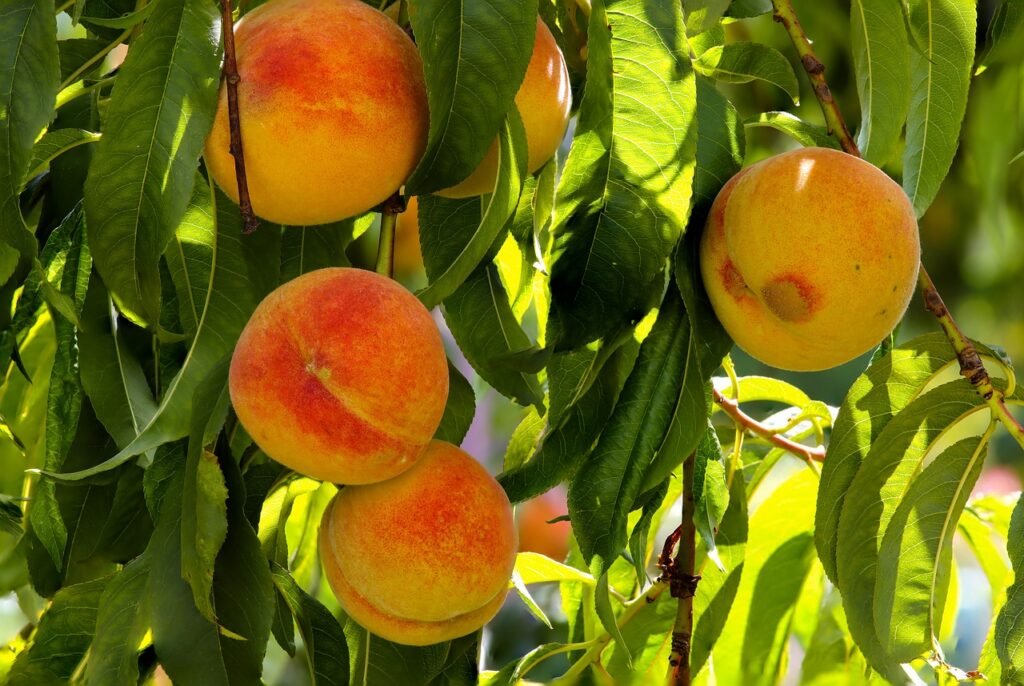
Discover the leading contenders for speedy growth and swift fruiting in your garden. Peach trees emerge as frontrunners, with certain varieties, such as ‘Redhaven’, maturing fruits within three to four years and dazzling with spring blooms. Apple trees also join the list with select fast-maturing varieties like ‘Gala’, ‘Honeycrisp’, and ‘Fuji’, promising fruits from two to four years post-planting.
Fig trees, renowned for their vigorous growth, can astonish gardeners by bearing fruit in just one to two years, with ‘Brown Turkey’ and ‘Celeste’ being notable varieties that also infuse a Mediterranean charm into your landscape. Not to be overlooked, pear trees, including ‘Bartlett’ and ‘Kieffer’, stand out for their ability to start fruiting within four to six years, adding both beauty and bounty to your backyard orchard.
These top picks are not only remarkable for their rapid maturation and fruiting timelines but also for their potential to transform your garden into a lush, productive haven in a relatively short span. Incorporating these fast-growing fruit trees into your garden planning can accelerate your journey towards enjoying homegrown, succulent fruits right from your backyard.
Climate Considerations for Fast-Growing Fruit Trees

Choosing fast-growing fruit trees that align with your local climate is a pivotal step. It ensures the success and productivity of your garden. Understanding the specific climate needs of each type can significantly influence your selections. For example, fig and peach varieties often require the warmer climates to thrive and may struggle in colder regions. On the other hand, apples and pears are more resilient in cooler temperatures, making them suitable choices for gardens in colder climates.
It’s also important to consider the microclimatic conditions of your planting site. Factors such as the amount of direct sunlight, wind exposure, and the presence of frost pockets can impact the growth and fruiting of your trees. A site that receives ample sunlight and has protection from harsh winds will support the healthy development of your fruit trees.
Additionally, understanding the USDA Hardiness Zone of your area can guide you in choosing the most appropriate varieties for your garden. This classification system helps gardeners determine which plants are most likely to thrive in their location. Incorporating these climate considerations into your garden planning can help mitigate potential challenges and ensure that your fast-growing fruit trees reach their full potential, providing you with a bountiful harvest in a shorter amount of time.
Planting and Caring for Your Fast-Growing Fruit Trees
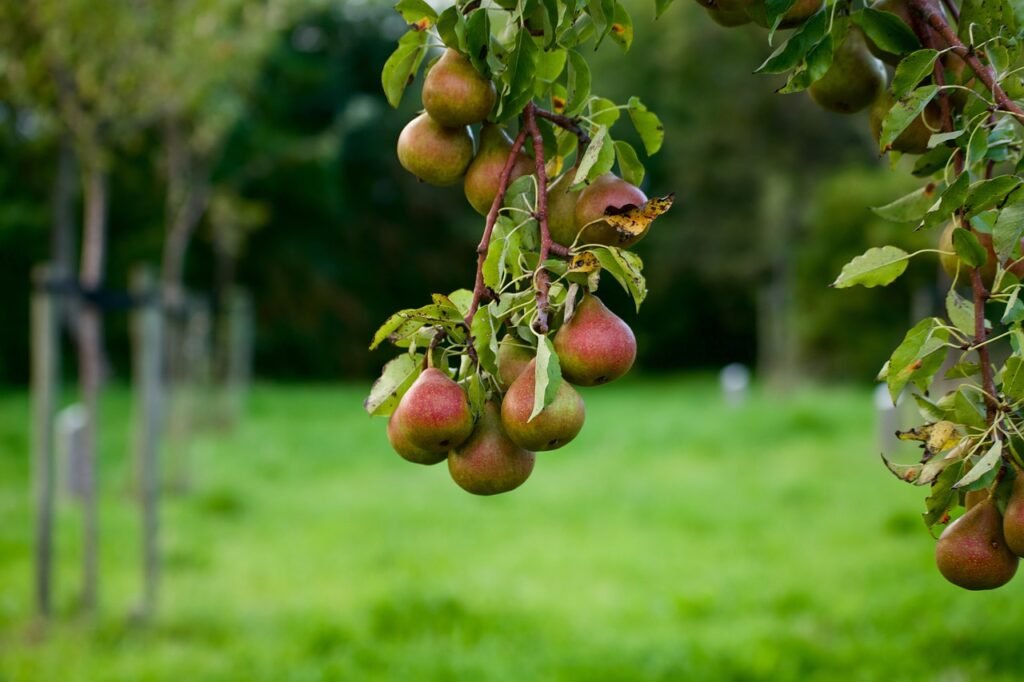
Selecting the ideal spot in your garden is the first step to planting your fast-growing fruit trees. Look for an area where the soil offers good drainage and can receive ample sunlight, as these trees generally need a minimum of six hours of sunlight each day to thrive. When planting, it’s critical to position the tree so that the top of the root ball is even with the ground level. This ensures that the tree isn’t planted too deeply, which can lead to root rot and other issues. Watering the tree immediately after planting is vital for settling the soil around the roots and providing the moisture needed for initial growth.
In the initial years following planting, your fruit trees will benefit from consistent watering. This helps in establishing a deep and robust root system, which is fundamental for the overall health and productivity of the tree. Additionally, while these trees are young, they will require some form of staking to support their growth and prevent damage from strong winds.
Pruning is another critical aspect of care for your fast-growing fruit trees. Not only does it help in shaping the tree and encouraging a strong structure, but it also promotes better air circulation through the canopy, which can reduce the risk of disease. The specific pruning requirements can vary significantly between different types of fruit trees, so it’s important to research and apply the appropriate techniques for your particular trees. By providing your fast-growing fruit trees with the right care from the start, you’re setting the stage for a healthy, productive orchard for years to come.
Harvesting and Enjoying Your Homegrown Fruit

The culmination of your gardening efforts is finally within reach as your fast-growing fruit trees begin to bear fruit. Knowing the precise time to harvest is crucial; too early, and you may miss out on the fruit’s full flavor potential, while too late, and it might become overripe. Generally, fruit that detaches easily from the branch and has reached its characteristic color and firmness is ready for picking. It’s essential to handle the fruits gently during harvesting to avoid bruising.
Once harvested, the possibilities for enjoying your bounty are endless. Fresh fruits can be savored straight from the tree, offering a taste that’s unmatched by store-bought counterparts. For a creative twist, incorporate them into your cooking and baking endeavors. Homemade pies, crisps, and cobblers featuring your garden-grown fruits can become a delightful treat for family and friends. Additionally, preserving your harvest through canning, making jams, or even drying can extend the enjoyment of your fruits beyond their season. Freezing is another simple yet effective method to ensure that you can relish the flavors of summer even during the colder months.
Engaging in these activities not only maximizes the fruits of your labor but also instills a sense of pride and accomplishment. Sharing your harvest with loved ones can amplify this joy, making the entire process—from planting to picking—a rewarding journey.
Beyond the Basics: Advanced Tips for Fruit Tree Enthusiasts

Venturing into more sophisticated realms of fruit tree cultivation can greatly enhance your gardening experience and yield. One intriguing method is grafting, which involves joining parts from two or more plants so they grow as one. This technique not only allows you to cultivate multiple fruit varieties on a single tree but also can lead to earlier fruit production and improve disease resistance. For those interested in organic gardening, diving into natural pest control and disease management methods can be immensely rewarding. Using beneficial insects, such as ladybugs to combat aphids, or employing neem oil as a natural fungicide, can keep your fruit trees healthy without relying on harsh chemicals.
Expanding your knowledge through educational resources such as books, workshops, and online courses can also be beneficial. These platforms can offer in-depth insights into the nuances of fruit tree care, from soil health and nutrient management to advanced pruning techniques. Joining a local gardening club or online community dedicated to fruit cultivation offers the opportunity to connect with like-minded individuals. These groups can be valuable resources for sharing experiences, troubleshooting common issues, and discovering new varieties to grow.
Remember, the journey of mastering fruit tree cultivation is ongoing. Each season brings new lessons and opportunities for growth. By embracing both the challenges and joys, you’ll not only cultivate a thriving orchard but also deepen your connection to the natural world.


